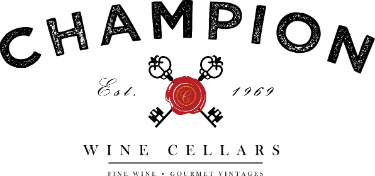Sparkling Wine: The Traditional Method
-an excerpt from Wine Folly's blog on sparkling wine methods of production.
Traditional Method a.k.a. Méthode Champenoise, méthode traditionnelle, Methode Cap Classique, Metodo Classico, klassische flaschengärung Examples: Cava, Champagne, Crémant, some Sekt, Italian Metodo Classico wines (including Franciacorta and Trento)
Bottle Pressure: 5–7 atmospheres or ~75–99 psi
The traditional method of sparkling winemaking was awarded a UNESCO heritage in Champagne in 2015. It is–arguably–the most appreciated method for sparkling wine production in terms of quality, and at the same time it is also the most costly in terms of production. The most important facet of the traditional method is that the transformation from a still to a sparkling wine occurs entirely inside the bottle.
- Base Wine or “Cuvée”: grapes are picked (usually just a tinsy bit younger to preserve acidity) and fermented into a dry wine. The winemaker then takes the various base wines and blends them together into what the French call a “cuvée”, which is the final sparkling wine blend.
- Tirage: Yeast and sugars are added to the cuvée to start the second fermentation and wines are bottled (and topped with crown caps).
- 2nd Fermentation: (inside the bottle) The second fermentation adds about 1.3% more alcohol and the process creates CO2 which is trapped inside the bottle thus carbonating the wine. The yeast dies in a process called autolysis and remain in the bottle.
- Aging: Wines are aged on their lees (the autolytic yeast particles) for a period of time to develop texture in the wine. Champagne requires a minimum of 15 months of aging (36 mos for vintage Champage). Cava requires a minimum of 9 months of aging but requires up to 30 months for Gran Reserva Cava. Most believe the longer the wine ages on its lees, the better.
- Riddling: Clarification occurs by settling the bottle upside down and the dead yeast cells collect in the neck of the bottle.
- Disgorging: Removing sediment from bottle. The bottles are placed upside down into freezing liquid which causes the yeast bits to freeze in the neck of the bottle. The crown cap is then popped off momentarily which allows the frozen chunk of lees to shoot out of the pressurized bottle.
- Dosage: A mixture of wine and sugar (called Exposition liqueur) is added to fill bottles and then bottles are corked, wired and labeled.
